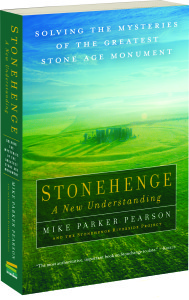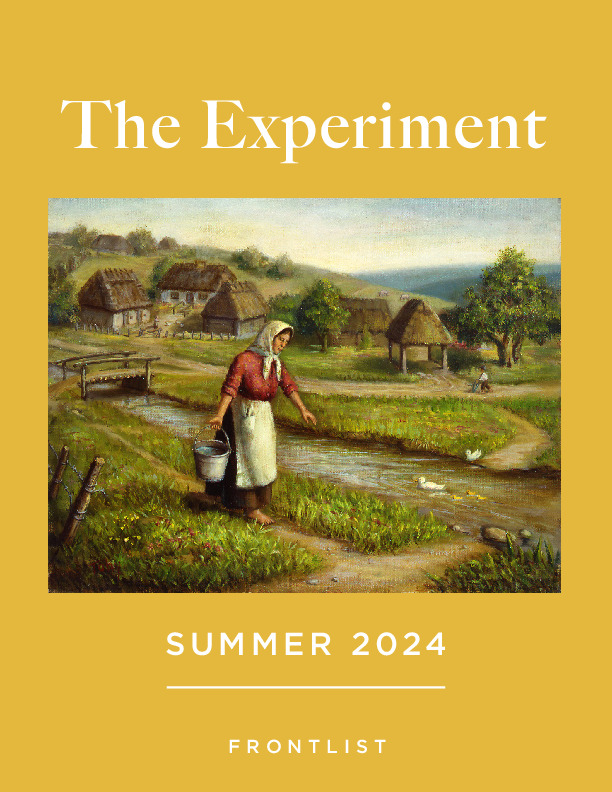Today marks the summer solstice: the longest day of the year for anyone living north of the equator, it’s a cause for celebration across the globe. Between the Day of Private Reflection in Northern Ireland, Guru Purnima in India, Juhannus in Finland, Tiregān in Iran, and many more, this astrological phenomenon is acknowledged by diverse populations across the hemisphere.
The summer solstice may be a holiday for the north, but it also happens to coincide with a special observation in the south of England: every year, in the rural heart of Wiltshire county, the sun rises and sets through the gates of Stonehenge. An annual event that was forgotten for millennia before its eventual rediscovery by 18th century English archaeologist William Stukeley, the passage of the solstice sun across the ancient monument’s orientation seems too perfect for coincidence.
Academics still debate the true purpose of Stonehenge, believed to have been constructed between 3100 and 2500 BCE, but astronomy has dominated mainstream interpretation ever since Stukeley’s discovery. With later scientists detailing elaborate models to explain Stonehenge as a complex astrological calendar that could predict events like solar and lunar eclipses, it seems only natural that the placement of these ancient stones was mapped onto the starry night sky.
It is impossible to say how the ancient Celts might have celebrated the midsummer solstice, but Stonehenge has mightily regained its status as a site for acknowledging the longest day in the northern hemisphere. English Heritage has begun a new tradition, allowing revelers of all stripes to visit the monument, free of charge (although it costs money to park), for the sunset and sunrise that flank the shortest night of the year. A rare opportunity to watch the sun travel through these mysterious rocky pillars, ITV News estimates that 40,000 people saw the sunrise in this otherwise-quaint part of Wiltshire county during last year’s solstice.
A long forgotten relic from England’s storied history, it is comforting to know that the solstice celebration has returned to Stonehenge. The Experiment wishes a happy summer solstice to everyone in the northern hemisphere, from stones of southern England, to the steppes of Mongolia!
 To learn more about the modern interpretation of Stonehenge, see Stonehenge—A New Understanding by Mark Parker Pearson. As the leader of the Stonehenge Riverside Project—a hugely ambitious, seven-year dig by today’s top archaeologists—Pearson delivers the most thorough investigation of the monument to date. Surveying, rectifying, and clarifying the bulk of our previous knowledge about the site, Stonehenge—A New Understanding is an authoritative and essential read for anyone who wants to get the most complete history of this ancient structure.
To learn more about the modern interpretation of Stonehenge, see Stonehenge—A New Understanding by Mark Parker Pearson. As the leader of the Stonehenge Riverside Project—a hugely ambitious, seven-year dig by today’s top archaeologists—Pearson delivers the most thorough investigation of the monument to date. Surveying, rectifying, and clarifying the bulk of our previous knowledge about the site, Stonehenge—A New Understanding is an authoritative and essential read for anyone who wants to get the most complete history of this ancient structure.




